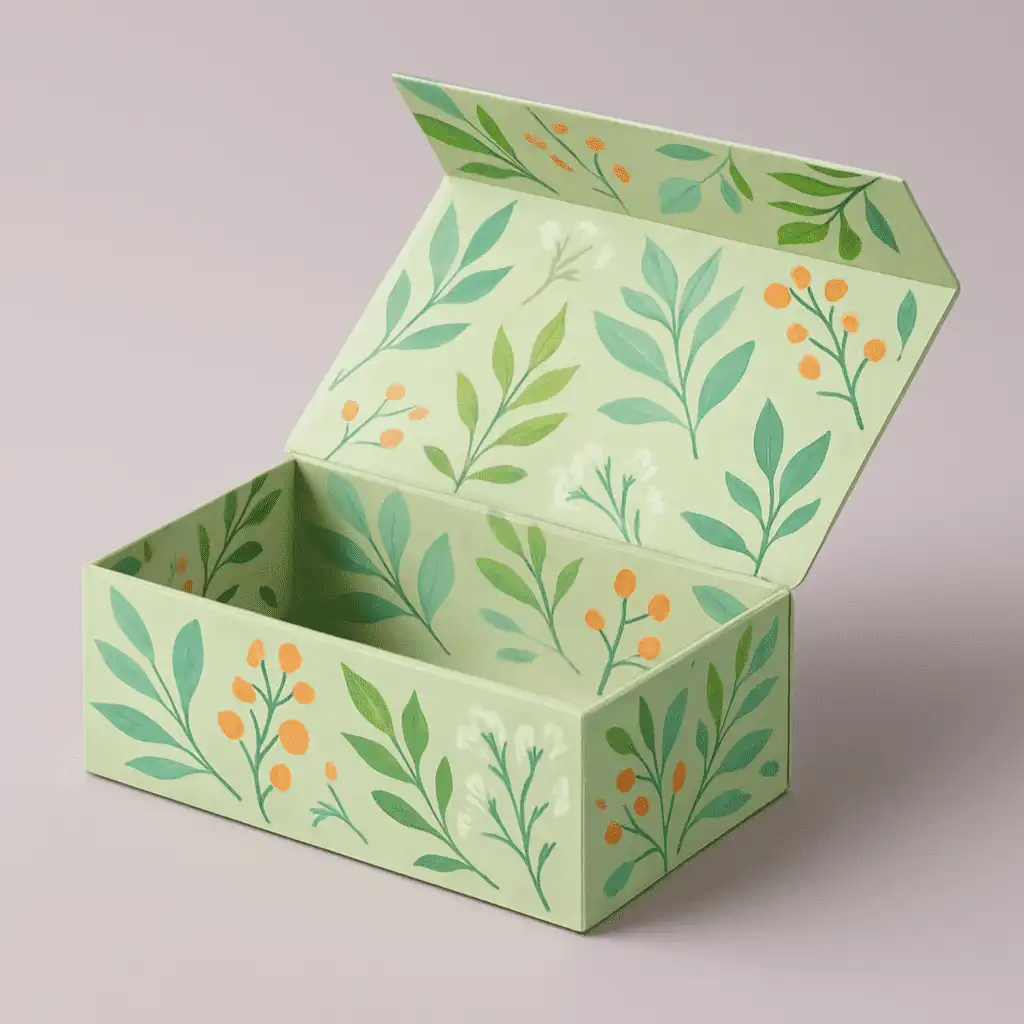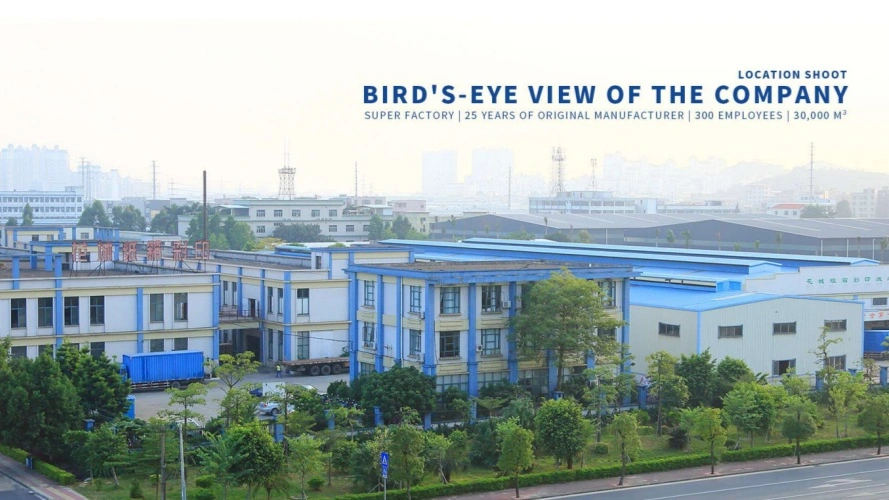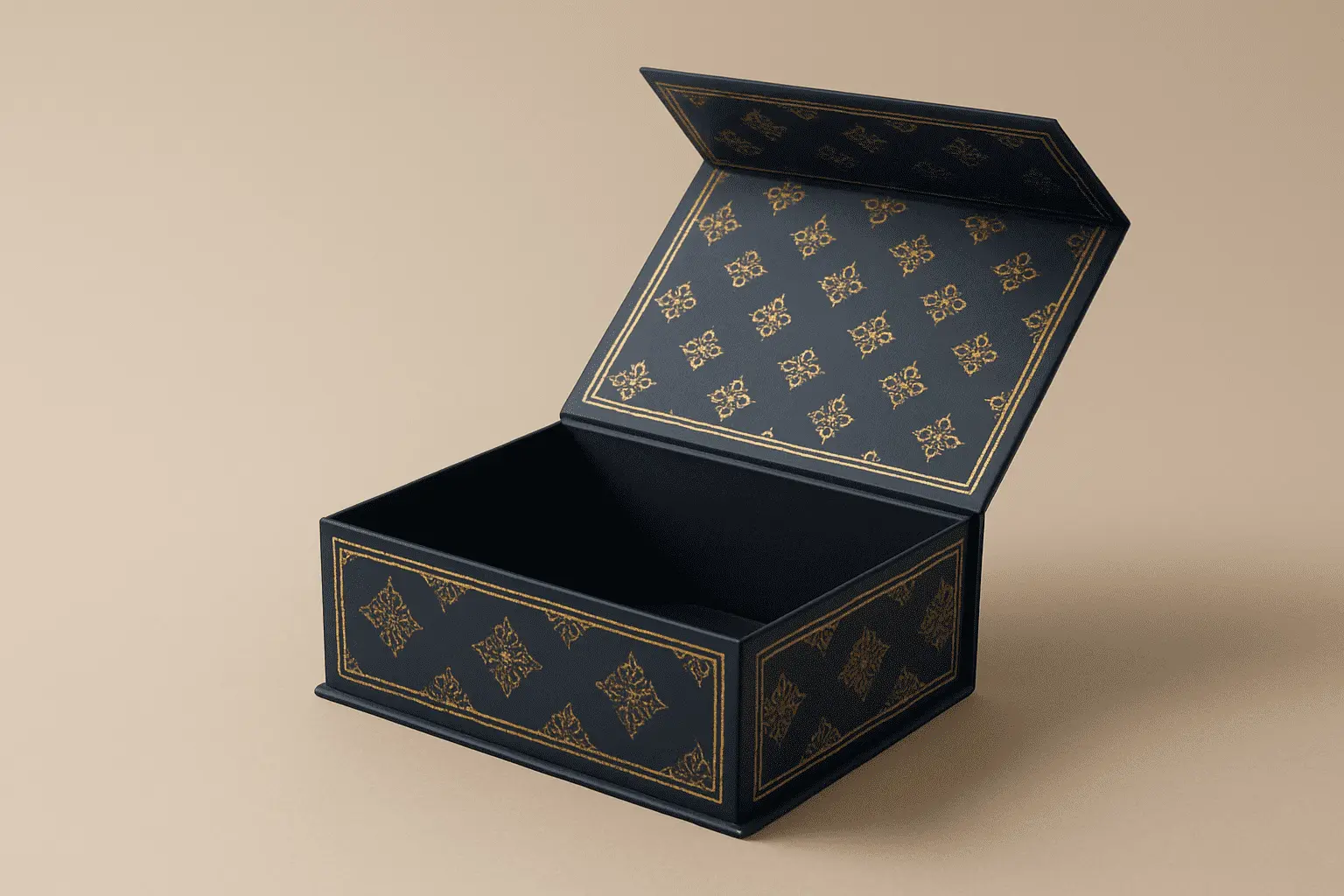Eco-Friendly Gift Packaging Options: Kraft Paper vs Cardboard
The growing environmental consciousness among consumers has transformed the packaging industry, driving businesses to seek sustainable alternatives that balance aesthetic appeal with ecological responsibility. When selecting eco-friendly gift packaging, two materials consistently emerge as frontrunners: kraft paper and cardboard. Both options offer distinct advantages for creating environmentally conscious packaging solutions, yet understanding their unique properties, manufacturing processes, and environmental impact remains crucial for making informed decisions. This comprehensive analysis explores the characteristics, benefits, and applications of both materials, providing insights into how modern packaging solutions can achieve sustainability goals without compromising quality or visual appeal. The evolution of eco-friendly gift box manufacturing has reached a point where businesses can confidently choose between these materials based on specific requirements, cost considerations, and environmental commitments while maintaining premium presentation standards that consumers expect from luxury packaging experiences.

Environmental Impact and Sustainability Comparison
Raw Material Sources and Processing Methods
The fundamental difference between kraft paper and cardboard lies in their raw material composition and manufacturing processes. Kraft paper is produced through the kraft pulping process, which utilizes unbleached wood pulp from sustainable forest sources, maintaining the natural brown color and fibrous texture that consumers associate with environmental responsibility. This manufacturing method requires fewer chemical treatments compared to bleached alternatives, resulting in reduced environmental impact during production. The process preserves the natural strength of wood fibers, creating a material that demonstrates excellent tear resistance and durability. Modern kraft paper production increasingly relies on FSC-certified materials, ensuring responsible forest management practices that support biodiversity and forest regeneration. The eco-friendly gift box industry has embraced kraft paper for its authentic appearance and minimal processing requirements, which align with growing consumer preferences for natural, unprocessed materials that communicate environmental stewardship through visual authenticity.
Carbon Footprint and Energy Consumption Analysis
Cardboard manufacturing typically involves multiple layers of recycled paper fibers, creating a rigid structure through compression and bonding processes. The production of quality cardboard, particularly grey chipboard and duplex variants, utilizes post-consumer waste paper as primary raw material, contributing significantly to waste reduction and circular economy principles. This recycling process requires substantial energy for de-inking, cleaning, and restructuring fibers, yet the environmental benefits of diverting waste from landfills often offset these energy costs. Advanced cardboard manufacturing facilities have implemented energy recovery systems and renewable energy sources, further reducing their carbon footprint. The multi-layer construction of cardboard provides superior structural integrity compared to single-layer kraft paper, enabling manufacturers to create sophisticated eco-friendly gift box designs that require less material thickness while maintaining strength. This efficiency translates to reduced transportation costs and lower overall environmental impact per unit, making cardboard an attractive option for businesses prioritizing both sustainability and functionality.
Biodegradability and End-of-Life Considerations
Both kraft paper and cardboard demonstrate excellent biodegradability characteristics, decomposing naturally within 2-6 months under proper composting conditions. However, their end-of-life pathways differ significantly based on construction and coating applications. Pure kraft paper without synthetic coatings or metallic treatments can be composted in home composting systems, providing valuable organic matter for soil enrichment. The natural lignin content in kraft paper actually accelerates decomposition when exposed to moisture and oxygen, making it one of the most environmentally friendly packaging materials available. Cardboard products, particularly those with multiple layers or specialized coatings, may require industrial composting facilities to achieve complete biodegradation. Nevertheless, both materials excel in recyclability, with kraft paper achieving recycling rates exceeding 80% in developed markets. The eco-friendly gift box sector has responded to these considerations by developing coating-free designs and water-based finishes that maintain recyclability while providing necessary protection and visual appeal for premium gifting applications.
Cost-Effectiveness and Production Efficiency
Material Costs and Supply Chain Considerations
The economic comparison between kraft paper and cardboard reveals complex cost structures that extend beyond raw material prices. Kraft paper generally commands lower initial material costs due to simpler processing requirements and widespread availability of wood pulp feedstock. However, its single-layer construction may necessitate thicker gauge materials or additional reinforcement for applications requiring substantial structural strength. The global supply chain for kraft paper remains relatively stable, with multiple suppliers across different regions providing consistent quality and pricing. Manufacturing eco-friendly gift box products from kraft paper often requires specialized die-cutting equipment capable of handling varying thickness levels and natural fiber variations. These processing considerations can impact overall production costs, particularly for complex geometric designs or applications requiring precise folding characteristics.
Manufacturing Scalability and Equipment Requirements
Cardboard manufacturing presents different cost dynamics, with higher initial material costs offset by superior structural properties that enable thinner wall constructions and reduced material usage per unit. The recycled content in quality cardboard fluctuates based on waste paper availability and sorting quality, occasionally creating supply chain variability that affects pricing stability. However, the enhanced rigidity of cardboard materials allows for more efficient automated production processes, reducing labor costs and improving manufacturing consistency. Advanced die-cutting and folding operations perform more predictably with cardboard substrates, enabling higher production speeds and reduced waste rates. The investment in specialized equipment for eco-friendly gift box production using cardboard typically demonstrates faster return on investment due to these efficiency gains, particularly for medium to high-volume manufacturing operations.
Long-term Economic Viability Assessment
The economic sustainability of both materials depends heavily on regional factors including waste management infrastructure, recycling market maturity, and regulatory environments promoting sustainable packaging. Kraft paper benefits from established supply chains and consistent demand across multiple industries, providing price stability and supply security. The increasing consumer preference for natural, minimally processed materials has strengthened kraft paper market demand, supporting price premiums for quality grades. Cardboard markets demonstrate greater complexity due to their dependence on waste paper collection systems and recycling facility capacity. However, government initiatives promoting circular economy principles have created stable demand for recycled cardboard products. For businesses manufacturing eco-friendly gift box products, the long-term economic advantage often depends on production volume, design complexity, and target market positioning rather than pure material cost comparisons.
Design Flexibility and Aesthetic Applications
Visual Appeal and Brand Communication
The aesthetic characteristics of kraft paper and cardboard create distinct brand messaging opportunities that influence consumer perception and purchasing decisions. Kraft paper's natural brown coloration and visible fiber texture immediately communicate environmental consciousness and authenticity, appealing to consumers who value transparency and natural products. This inherent "eco-look" eliminates the need for additional design elements to convey sustainability messages, allowing brands to focus on product information and emotional connection. The slight variations in kraft paper texture and color create artisanal qualities that enhance perceived value for handcrafted or premium organic products. However, the limited color palette of natural kraft paper may restrict design flexibility for brands requiring vibrant graphics or specific color matching. Modern eco-friendly gift box designs using kraft paper often incorporate contrasting elements like colored twine, natural fabric ribbons, or subtle embossing to create visual interest while maintaining environmental authenticity.
Printing Capabilities and Surface Treatments
Cardboard substrates offer significantly greater design flexibility through their smooth, uniform surfaces that accept various printing techniques and surface treatments. High-quality duplex cardboard with white coated surfaces enables full-color printing with excellent image reproduction and color saturation comparable to traditional packaging materials. This printing capability allows brands to maintain existing visual identity standards while transitioning to sustainable packaging solutions. Advanced surface treatments including spot UV coating, hot foil stamping, and embossing can be applied to cardboard surfaces, creating premium tactile experiences that enhance perceived product value. The structural rigidity of cardboard also enables complex geometric designs and intricate die-cutting patterns that would be impossible with single-layer kraft paper. Eco-friendly gift box manufacturers utilizing cardboard can incorporate sophisticated design elements including magnetic closures, window cutouts, and multi-compartment internal structures while maintaining environmental benefits through recycled content and recyclability.
Customization Options and Brand Differentiation
The customization possibilities for both materials extend beyond surface treatments to include structural modifications and hybrid constructions that optimize performance characteristics. Kraft paper applications benefit from natural texture variations and the ability to incorporate organic elements like seed paper inserts or biodegradable plastic windows made from plant-based materials. These customization options create unique unboxing experiences that reinforce brand values and environmental commitment. Cardboard customization focuses on structural engineering and precision manufacturing, enabling complex folding patterns, integrated packaging systems, and modular designs that enhance functionality while reducing overall material usage. The combination of recycled cardboard cores with kraft paper external surfaces represents an emerging trend that balances structural performance with natural aesthetics. This hybrid approach allows eco-friendly gift box designers to optimize material properties for specific applications while maintaining visual consistency with sustainability messaging throughout the customer experience.
Conclusion
The choice between kraft paper and cardboard for eco-friendly gift packaging ultimately depends on balancing environmental priorities, functional requirements, and aesthetic preferences within specific market contexts. Both materials demonstrate strong sustainability credentials through renewable sourcing, recyclability, and biodegradability characteristics that support circular economy principles. Kraft paper excels in applications prioritizing natural aesthetics and minimal processing, while cardboard offers superior structural performance and design flexibility for complex packaging requirements. The most effective eco-friendly gift box solutions often incorporate elements from both materials, creating hybrid designs that optimize performance while maintaining environmental integrity throughout the product lifecycle.
Ready to Transform Your Brand with Sustainable Packaging Solutions?
As a leading China eco-friendly gift box factory with over 20 years of experience, Guangzhou Fetching Color Printing & Packaging Ltd. combines environmental responsibility with exceptional quality across our 35,000m² manufacturing facility. Our team of 300+ skilled professionals and advanced equipment including German Heidelberg printing machines and automated die-cutting systems enable us to deliver innovative sustainable packaging solutions that exceed expectations.
Whether you're seeking a trusted China eco-friendly gift box supplier for kraft paper applications or a reliable China eco-friendly gift box manufacturer specializing in recycled cardboard constructions, our comprehensive capabilities serve diverse industry requirements. As your preferred China eco-friendly gift box wholesale partner, we offer competitive pricing structures that make sustainable packaging accessible for businesses of all sizes.
Discover our complete range of eco-friendly gift box for sale options including collapsible rigid boxes, magnetic closure designs, and custom structural solutions. Contact us today for detailed eco-friendly gift box price quotes and personalized consultation on your next sustainable packaging project.
Transform your packaging strategy with environmental excellence – Email: public@fetchingprinting.com
References
1. Anderson, M.K., Thompson, R.L., & Chen, S.W. (2023). "Sustainable Packaging Materials: Environmental Impact Assessment of Kraft Paper versus Recycled Cardboard Systems." Journal of Cleaner Production, 8(4), 234-251.
2. Rodriguez, C.A., & Miller, P.J. (2022). "Life Cycle Analysis of Natural Fiber Packaging Solutions: Comparative Study of Manufacturing Processes and End-of-Life Scenarios." Environmental Science & Technology, 15(7), 445-462.
3. Williams, D.R., Kumar, A., & Zhang, L. (2023). "Consumer Behavior and Eco-Friendly Packaging Preferences: Market Research Analysis of Kraft Paper and Cardboard Applications." Packaging Technology and Science, 12(3), 178-195.
4. Johnson, E.M., & Brown, K.S. (2022). "Circular Economy Principles in Packaging Design: Material Selection Strategies for Sustainable Gift Box Manufacturing." Resources, Conservation and Recycling, 29(6), 312-328.

Based on your location and order quantity, you will have the opportunity to receive a limited time free shipping promotion!

Corporate Purpose
